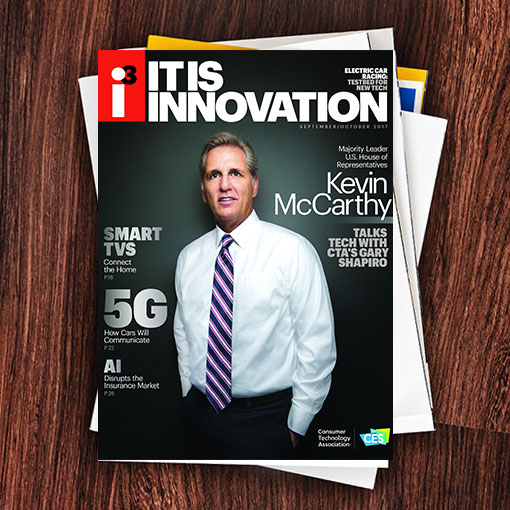In its biannual Sales & Forecast report released in July 2017, CTA estimates that makers of digital assistants will sell just over 11 million of the devices in 2017, up from 7.2 million in 2016. All told, digital assistants are forecast to bring home $1.3 billion in 2017 and to eclipse $4 billion by 2021.
Unlike digital assistants, the smart home category takes many forms and has a lot of moving parts. One of the category’s strengths is that many smart home solutions are modular in nature allowing consumers to dip a toe into smart home features without tearing open walls and breaking the bank. Of course, this flexibility generally comes with the need to buy into an existing smart home ecosystem, even if you’re only automating one or two functions in the home ecosystem, even if your're only automating one or two functions in the home.
CTA’s research predicts that, among the main smart home categories, smart locks and doorbells is the sub-category that will lead the way in year-over-year unit growth at 72 percent (shipping 3.7 million units). Overall the largest sub-category on a unit basis is the smart home system, which are smart home hubs packaged with a certain array of units for placement around the home. Smart home systems will ship 6.8 million units in 2017, up from 4.5 million in 2016. IP/Wi-Fi cameras have also enjoyed large gains in unit volume since 2016, shipping five million units — a 70 percent improvement over 2016’s tally. By 2021, CTA expects consumers to demand nearly 57 million units of smart home products
to the tune of almost $6.5 billion in revenue for the industry, representing triple the revenue of 2016 in just six years.
No one can doubt the societal importance of the smartphone. Nor can one discount the prowess of the laptop or desktop PC for getting stuff done. However, as the industry marches forward, it’s inevitable that the devices of yesterday (even ones that are still in our pockets and work bags) will begin to fade into the background. These devices are no less crucial or productive than in years past, but they now share the stage with new technologies on the scene.
The smartphone era has been a golden age for the consumer technology industry. Fortunately for the industry, even as it fades slightly into the background, the smartphone is helping pave the way for the next wave of devices that will shape our lives for the next decade and beyond.

i3, the flagship magazine from the Consumer Technology Association (CTA)®, focuses on innovation in technology, policy and business as well as the entrepreneurs, industry leaders and startups that grow the consumer technology industry. Subscriptions to i3 are available free to qualified participants in the consumer electronics industry.